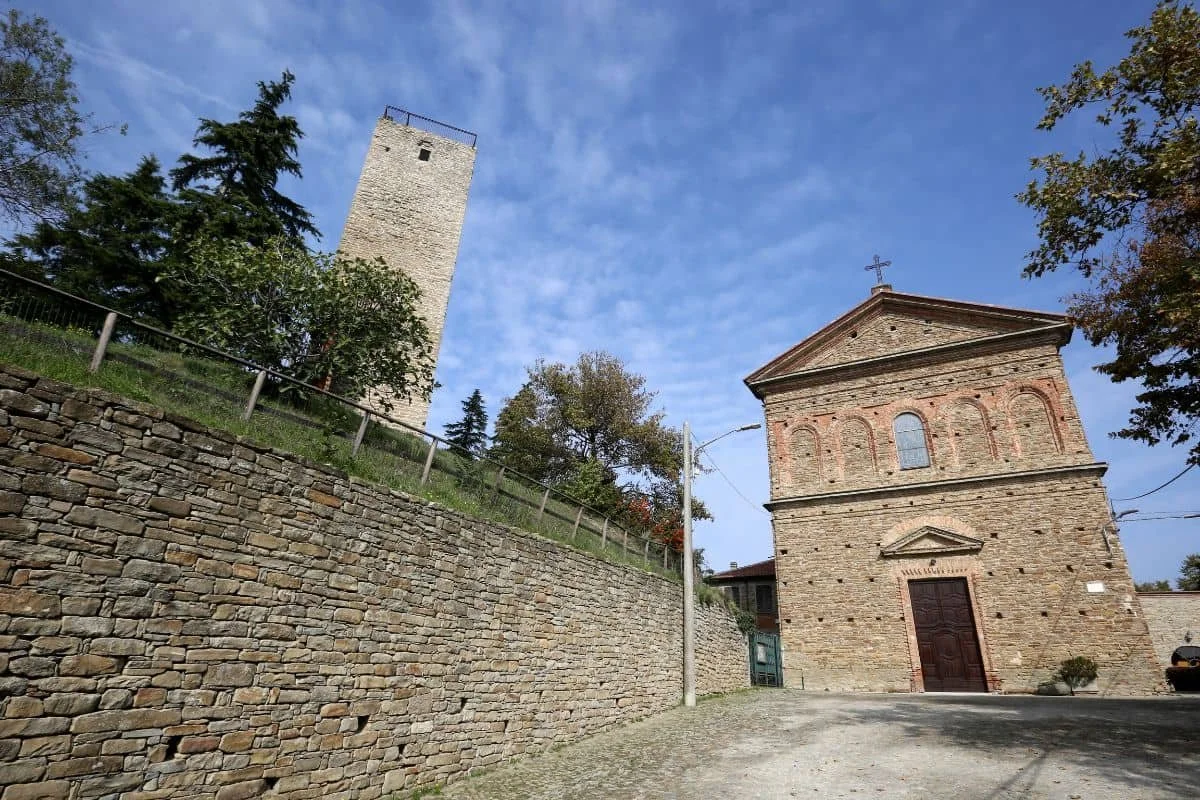Historic Cavatore
Cavatore
Cavatore is a small town located in the Piedmont region of northern Italy. The town has a rich history dating back to ancient times.
During the Roman Empire, the area was known for its mining activities, particularly for its extraction of marble. The quarries in Cavatore produced high-quality marble that was used in many important buildings and monuments across the empire.
During the Middle Ages, Cavatore was a feudal village, and in the following centuries it was ruled by various lords and nobles. In the 16th century, the town was part of the Duchy of Savoy, which was an independent state in Italy that existed from 1416 to 1860.
In the 19th century, the town experienced significant growth due to the development of the railway system, which brought new economic opportunities to the area. Cavatore became an important center for agriculture, particularly for the production of wine and other local products.
During World War II, the town suffered some damage due to bombings, but it was quickly rebuilt after the war.
Today, Cavatore is a quiet town that retains much of its historical character. Visitors can still see the ancient quarries that produced the town's famous marble, as well as many historic buildings and monuments. The town also hosts several festivals and events throughout the year, including a traditional carnival celebration known as the "Carnevale di Cavatore."
Learn more on the municipality of Cavatores website
Acqui Terme
Just a short drive from Cavatore lies Acqui Terme, a historic town renowned for its healing thermal waters. Since Roman times, visitors have traveled here to experience the natural hot springs that still flow in the town center today, most famously at La Bollente, where steaming water gushes up from the earth at nearly 75°C.
The town’s history stretches back over two thousand years, when it was known as Aquae Statiellae. The Romans built baths, villas, and aqueducts, turning Acqui into a prosperous settlement. Even now, remnants of Roman engineering and architecture can be found throughout the town, a reminder of its ancient past.
In the Middle Ages, Acqui Terme grew into an important cultural and commercial hub, with noble families and bishops leaving their mark in the form of grand palaces and churches. Today, wandering its narrow streets reveals layers of history: medieval towers, Renaissance architecture, and vibrant piazzas alive with local life.

